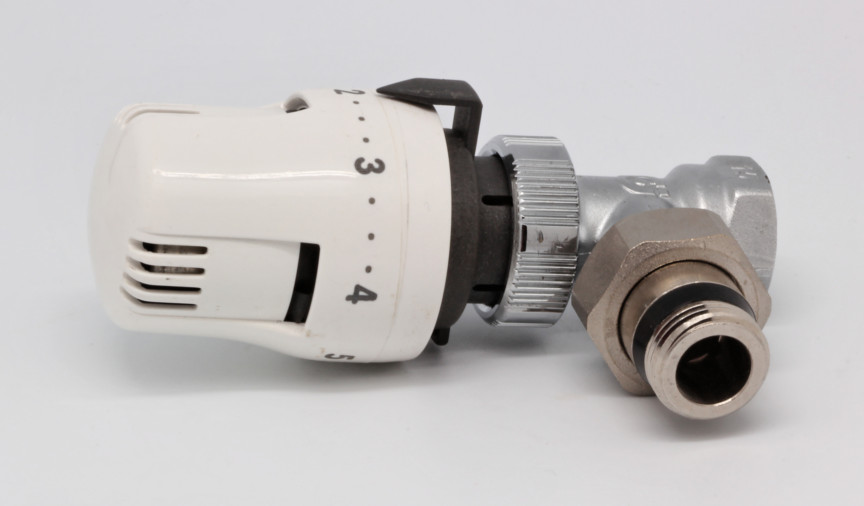Our latest blogs
How to bleed your radiator
With over 84% of the United Kingdom using gas heating systems, the likelihood is that at some point, you will have to start bleeding your radiators periodically to ensure efficiency and maximum heating throughout your home. Over time and with continuous use, air bubbles are trapped in radiators, preventing hot water from circulating throughout the house properly. Air in radiators stops them from heating up as quickly as they should, therefore reducing the efficiency of your household heating system and costing you more money as a result. However, bleeding your radiators is a relatively straightforward process, and the best part is you don’t have to be an expert to do it!
How to Fix a Leaking Radiator Valve
Leaking radiator valves can quickly become a hazard if left. A sizable leak could eventually damage your flooring or furniture. This is why it’s important to investigate the issue, and fix it as soon as you can.
How to Bleed a Radiator Without a Key
The way to bleed a radiator depends on the type you have and the tools available to you. Radiator keys are easy to misplace, but given the right alternatives and know-how, you can still bleed a radiator without one. If you have a radiator key, head over to our guide on How to Bleed a Radiator.
Why is My Radiator Cold at the Bottom & How Do I Fix It?
A radiator that’s hot on top but cold at the bottom may go unnoticed for a while. After all, how many times do you check the radiator is on by touching the bottom of it? If you do find the radiator cold at the bottom, it’s important to find out why, as this could be a sign there are issues with your heating system.
How to balance your radiators
When your radiators are switched on, it’s important to look out for hot and cold spots throughout your home. While cold spots in radiators are often the result of sludge in your system (which can easily be resolved through a powerflush), a powerflush may ultimately not be necessary and chances are your radiators just need to be balanced.
A guide to radiator valves
The valves on an everyday radiator or towel rail are essential in order to maintain the control of water flow through its pipes, as well as to ensure your radiators heat up effectively, and to provide you with a comfortable and warm living environment. With a large variety of radiators currently available on the market in varying shapes, styles and sizes, not every valve is universally suitable to all radiators.
In this article, we will give you a run through of how they work, the different types as well as the benefits of each.
How to choose the right radiator
Choosing the right radiator can be difficult considering the many different types and styles on the market, but at the end of the day it comes down to making your home the most comfortable it can be. For this, you need to consider which sizes and materials are best for your home, and understand where to install your radiator.








